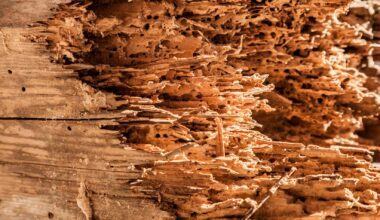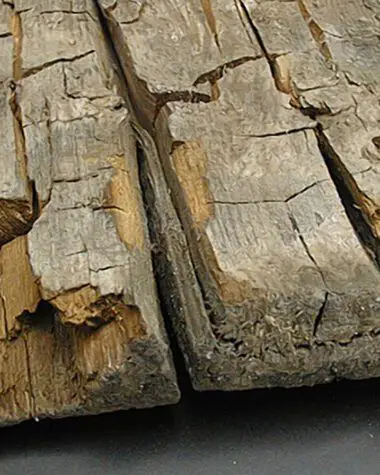An American dog tick, also known as the wood tick, is a worrisome species of tick that can carry several diseases. The diseases they carry can be dangerous to humans and pets. These illnesses may become lethal if left untreated, especially to your vulnerable pets.
These critters bite on their host and generally go unnoticed. They remain in place for days or weeks until they molt. Some leave once they’re molted, but some stay to lay eggs. Once they hatch, a tick infestation will begin.
This article will help you understand, prevent, and eliminate wood tick roaming around your property to save your wood furniture and pets from any harm they can cause.
How to identify a wood tick
Wood ticks are part of the hard tick family and are known for their hard shells, scrotums, and prominent head. They are easy to identify since they are highly colorful. The pattern that they have on their bodies is grayish in color. Usually, male ticks have a greeny-mottled coloration on their backs.
The wood tick also has an oval and wide body with a flattened top. In size, the female wood ticks are generally larger than males. They can measure around 5mm long when engorged with blood. Once these ticks are full of blood, they can expand as much as 15mm long and 10mm wide.
Some people might mistake the wood tick for the deer tick, which carries Lyme disease. The wood tick, though, doesn’t carry this type of illness. But wood ticks are the common carriers of Rocky Mountain spotted fever, Rabbit Fever, and tick paralysis.
The life cycle of a wood tick
The life cycle of a wood tick can be distinguished into four life stages: egg, larvae, nymph, and adult. Here is a detailed explanation of the life cycle of a tick.
Egg
After feeding on a host, adult female ticks lay their eggs, producing thousands of offspring. Some ticks usually lay their eggs outdoors near potential hosts, such as animals. But a wood tick can lay its eggs indoors if brought inside. Their eggs can appear translucent and are usually red and brown in color.
Larvae
The newly hatched tick is also known as the larvae or a seed tick. Tick larvae have six legs and are around 1/8 inch in size. Once hatched, these larvae will feed on the host’s blood during their entire life stage for survival.
Ticks don’t have the ability to jump. That is why they stay still on grass or other vegetation until a warm-bodied mammal walks by. This is when they will latch on to it, referred to as questing. This will look like the tick is trying to stand up and grab the sky.
Nymph
Once the larvae have fed on its initial host, they will drop to the ground. This is where they will molt into a nymph. The nymphs will lie on the ground until another host comes by. They usually latch on mammals like raccoons and possums or any larger animals available.
The nymph will continue to feed on the host until it becomes engorged. It will again drop to the ground and will molt into an adult tick.
Adult tick
Once the adult tick is ready, it will hunt for its next host, usually larger animals like deer and dogs. This will allow them to feed, breed, drop off, and lay more eggs. Once the female lays its eggs, it will eventually die. This entire lifecycle of a tick can last from three to eighteen months and repeat if left untreated and unnoticed.
How to handle pets with ticks
If you worry about your dog being attacked by ticks, it will be better to always monitor the surroundings where your dog usually stays and roams. When walking outdoors, you need to look for tree branches since ticks usually drop from trees and lodge into their prey.
You must also keep your pets away from leaf litter and piles of branches or leaves. This is where ticks usually stay and wait for their prey. It will be better to clean up excessive litter, wood piles, and clutter.
After going outdoors, always do a tick check on your pets and yourself. You need to check the inner ears of your pets, in between the pads, the inguinal area, any skin folds, and the area around the vulva of the female. These are the places where ticks would like to hide since it is warm and humid.
If your pets have long hair, then they are the ones that are more prone to ticks. This is because ticks will have more hair to hang on to. So you must brush your pet’s fur after every walk to remove any hangers on them.
You also need to keep your yard clean and clipped. Ticks love to live on the fringes of the yard or the woods. That is why keeping your area free from debris will help prevent ticks from getting into your yard and your pets.
Conclusion
Ticks are considered to be hardy pets. They can bring harm to your pets and humans as well. Making sure that you can spot them before they can proliferate is very important in ensuring that you and your pets will be free from these pesky pests.
Preventing a tick infestation can be done by properly monitoring and maintaining your property, particularly your yard. Always ensure that there are no excessive wood piles and clutter around, which can be a home to ticks.
You can also try other preventive measures, control, and treatment to avoid any pests and insects that may invade your property and cause worse wood infestation problems.








